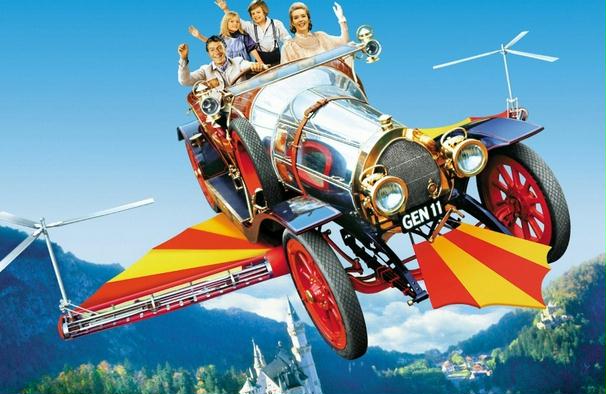 Preface. Batteries are too heavy for airplanes to get off the ground. Though that hasn’t stopped people from trying: Norway’s new electric plane crashes during demo flight (Robitzski 2019)
Preface. Batteries are too heavy for airplanes to get off the ground. Though that hasn’t stopped people from trying: Norway’s new electric plane crashes during demo flight (Robitzski 2019)
The two articles below explain why.
Alice Friedemann www.energyskeptic.com author of “When Trucks Stop Running: Energy and the Future of Transportation”, 2015, Springer and “Crunch! Whole Grain Artisan Chips and Crackers”. Podcasts: Derrick Jensen, Practical Prepping, KunstlerCast 253, KunstlerCast278, Peak Prosperity , XX2 report
***
Viswanathan, V., et al. 2018. Why Aren’t There Electric Airplanes Yet? It Comes Down to Batteries. Batteries need to get lighter and more efficient before we use them to power energy-guzzling airplanes. Smithsonian.
“…for a given weight, jet fuel contains about 14 times more usable energy than a state-of-the-art lithium-ion battery….the best batteries store about 40 times less energy per unit of weight than jet fuel. That makes batteries relatively heavy for aviation. Airline companies are already worried about weight – imposing fees on luggage in part to limit how much planes have to carry.”
So what about a flying car (e-VTOL)?
We looked at how much energy a small battery-powered aircraft of 2,200 pounds (1,000 kilograms, including a passenger) capable of vertical takeoff and landing would need. While actually flying, the air vehicle would need 400 to 500 watt-hours per mile, about what an electric pickup truck would need, which is twice as much energy used as an electric car.
But taking off and landing require a lot more power, at least 8,000 to 10,000 watt-hours per trip, or half the energy in a compact electric car such as the Nissan Leaf.
So for an entire flight of 20 miles you’d need 800 to 900 watt-hours per mile — half as much energy as a fully loaded semi-truck. Using that much energy means these aren’t likely to take off.
“Aircraft designers also need to closely examine the power – or how quickly the stored energy is available. This is important because ramping up to take off in a jet or pushing down against gravity in a helicopter takes much more power than turning the wheels of a car or truck.
Therefore, e-VTOL batteries must be able to discharge at rates roughly 10 times faster than the batteries in electric road vehicles. When batteries discharge more quickly, they get a lot hotter. Road vehicles’ batteries don’t heat up nearly as much while driving, so they can be cooled by the air passing by or with simple coolants. But an e-VTOL would generate an enormous amount of heat on takeoff that would take a long time to cool – and on short trips might not even fully cool down before heating up again on landing.
This huge amount of heat will shorten an e-VTOL batteries’ life, make them more likely to catch fire, and require specialized cooling systems that add additional weight and energy demands on the battery.
Schrope, M. 6 Nov 2010. Fly Electric. New Scientist.
A 200-seat airplane weighs about 115 tons at take off.
About a third, or 38 tons of that weight is the kerosene fuel.
The other 77 tons are the passengers, their luggage, and the airplane itself.
An electric, battery-powered airplane would require nearly 3,000 tons of lithium-ion batteries – the batteries would weigh 39 times more than the plane, passengers, and their luggage.
Nor would fuel cells do much better.
References.
Robitzski, D. 2019. Norway’s new electric plane crashes during demo flight. futurism.com

4 Responses to Why aren’t there battery powered airplanes or flying cars?